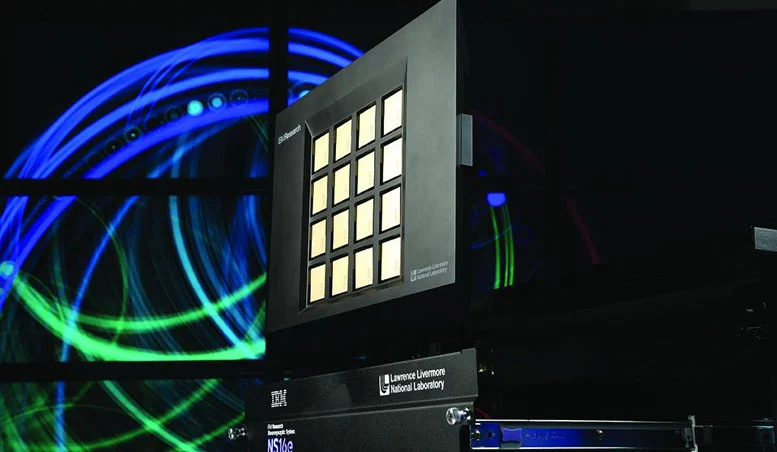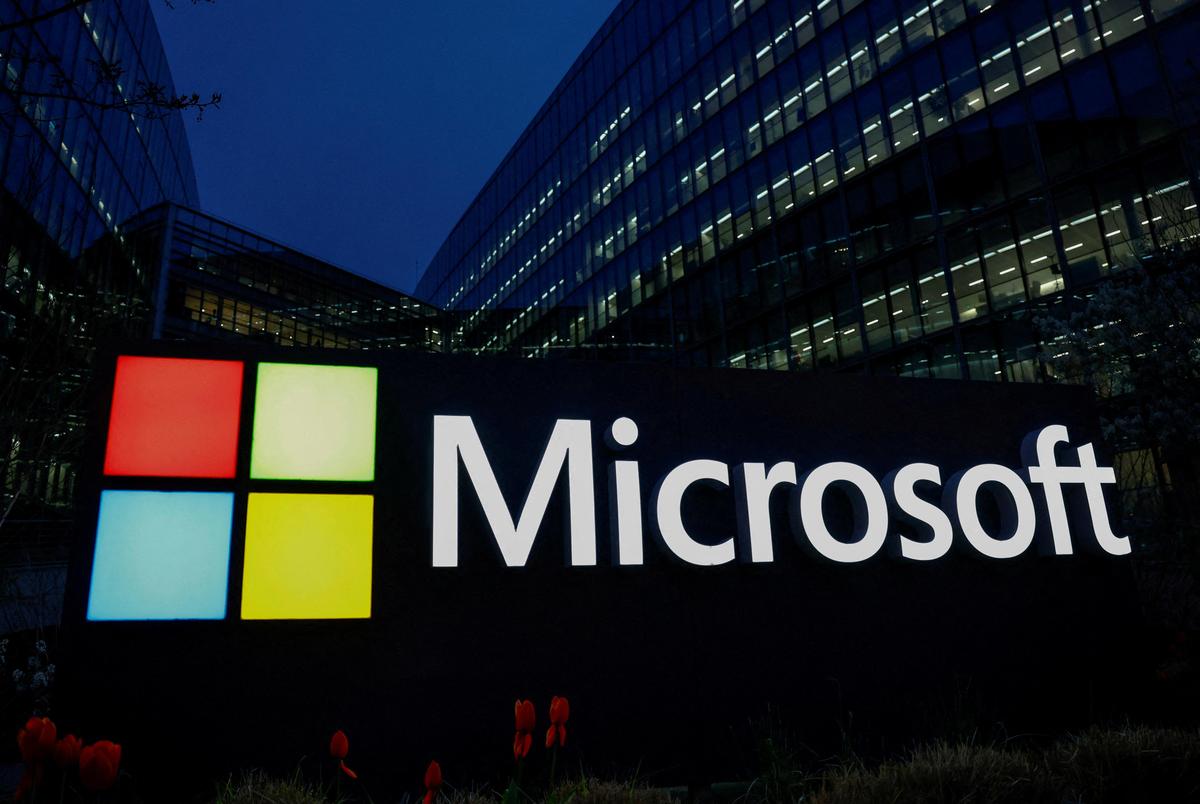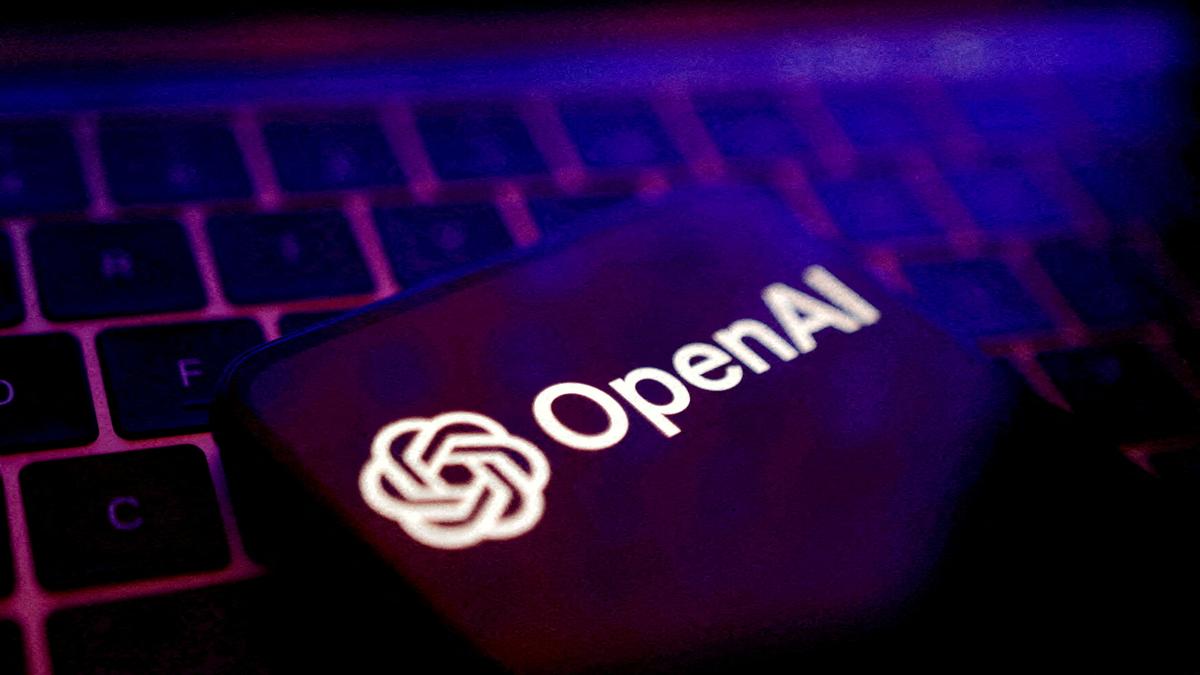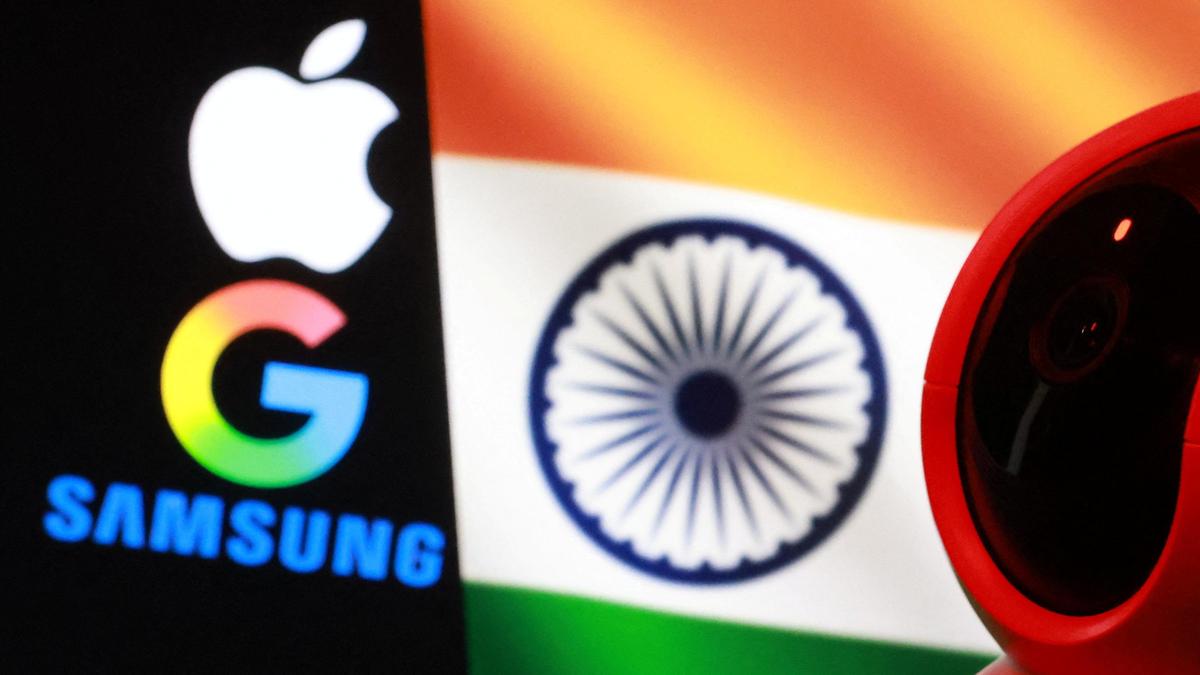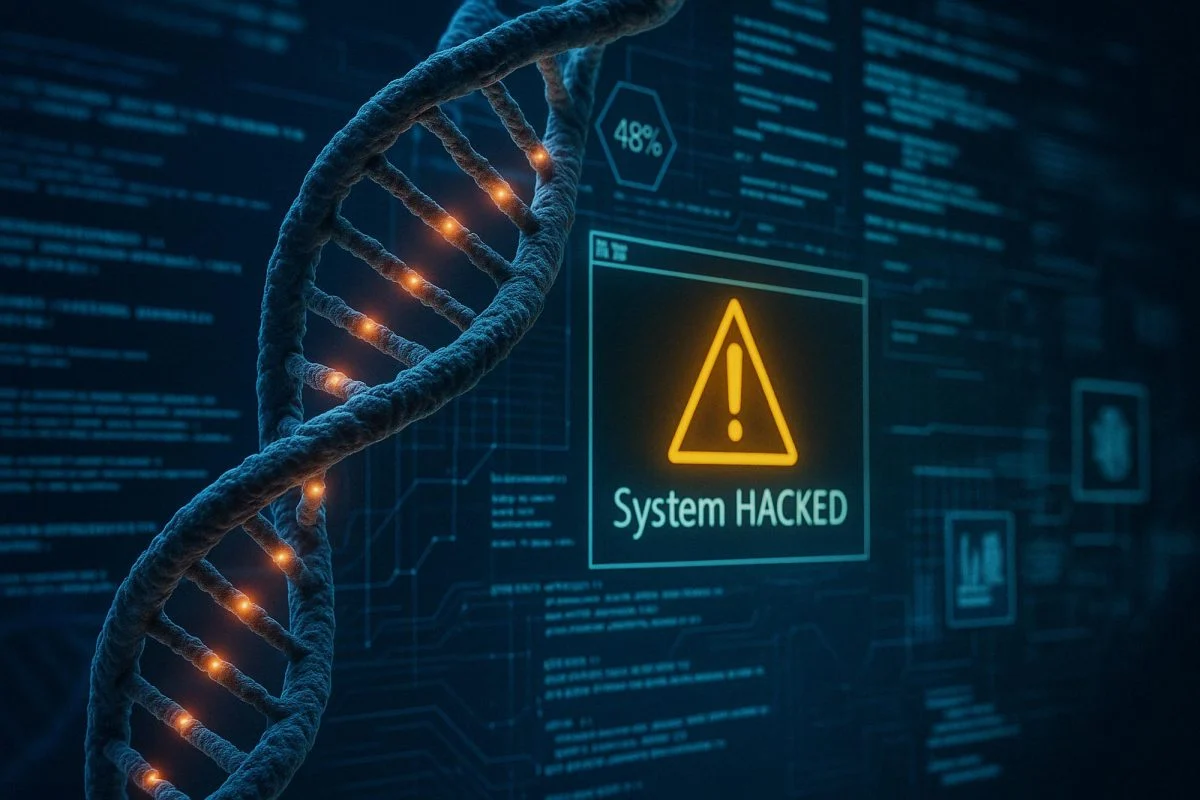
The First Comprehensive Review of Cyber-Biosecurity Risks Released
In a groundbreaking development, the first-ever comprehensive review of cyber-biosecurity risks has been released, raising alarms about the growing vulnerability of Next-Generation DNA Sequencing (NGS) technology to cyberattacks.
NGS, a technology that is revolutionizing personalized medicine, cancer diagnostics, infectious disease monitoring, and genetic research, is now being viewed as a potential target for cybercriminals. As NGS technology becomes more integrated into healthcare systems worldwide, experts warn that genetic data and biological information stored digitally could be exploited or stolen, posing serious risks to individuals and healthcare systems alike.
What is Next-Generation DNA Sequencing (NGS)?
Next-Generation DNA Sequencing (NGS) is the cutting-edge technology enabling rapid and cost-effective sequencing of entire genomes. This breakthrough allows for significant advances in personalized medicine, where treatments are tailored based on an individual’s genetic makeup, cancer research, and tracking infectious diseases in real time.
However, as the storage and analysis of this data move to digital platforms, they become increasingly vulnerable to cyber threats.
Why is NGS at Risk?
The use of NGS technology involves the creation and storage of vast amounts of genetic data, much of which is stored in cloud-based systems. If these systems are not properly secured, there is a risk that hackers could gain access to highly sensitive information. This could include personal genetic profiles, medical histories, and even family genetic information, all of which are potentially valuable targets for malicious actors.
Cybersecurity Experts’ Concerns:
Data Breaches: With genetic data being increasingly digitized, there are concerns about the potential for large-scale data breaches.
Targeting Biohacking: Cybercriminals could use hacked genetic data to develop biohacking tools, potentially creating genetically targeted diseases or using personal data for identity theft.
Healthcare Disruption: Attackers may disrupt medical research, diagnostics, or treatment protocols by altering genomic data.
Potential Consequences of DNA Hacking:
Genetic Manipulation: If malicious actors gain access to DNA data, there is a risk that they could manipulate it, either to cause harm or to develop bio-weapons.
Health Risks: Altered or tampered with genetic information could lead to misdiagnoses or errors in medical treatment, especially in fields like personalized cancer therapy.
Protective Measures:
Encryption: Genetic data must be encrypted both during storage and while in transit to prevent unauthorized access.
Stronger Authentication: Systems that handle genetic data should use multi-factor authentication and other advanced security measures.
Compliance and Regulations: Stronger adherence to data privacy laws such as GDPR and HIPAA is necessary to protect personal genetic data.
What’s Next?
The release of this cyber-biosecurity review marks the beginning of a crucial conversation about how to protect the integrity and privacy of genetic data. As technology evolves, so too must our strategies to safeguard these sensitive bioinformatics tools from cyber threats.
Experts urge both healthcare organizations and technology developers to take immediate steps to reinforce the security of genomic data systems before they become targets for cyberattacks.
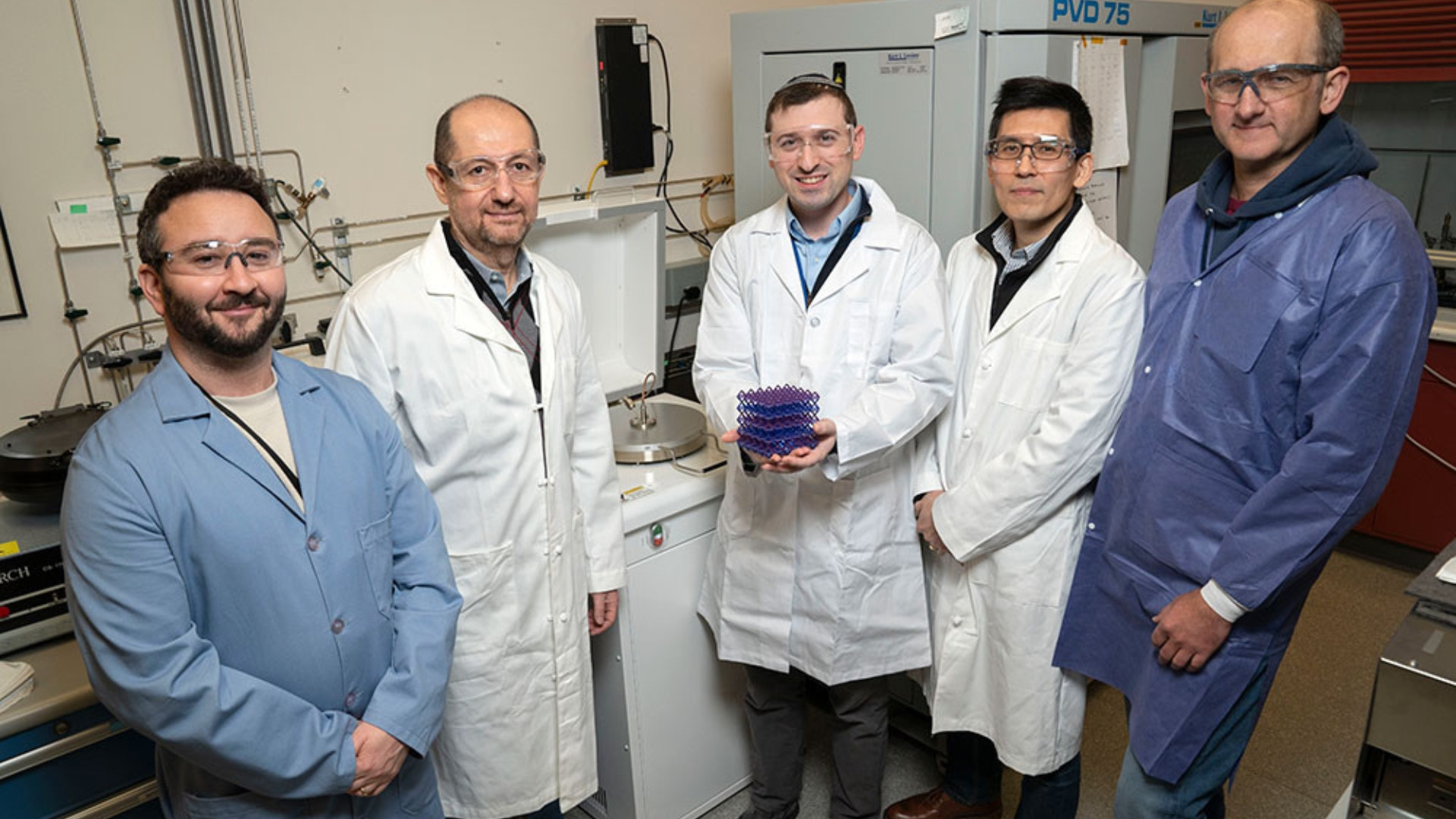
Note: Content and images are for informational use only. For any concerns, contact us at info@rajasthaninews.com.
TSMC Optimistic Amid...
Related Post
Hot Categories
Recent News
Daily Newsletter
Get all the top stories from Blogs to keep track.


